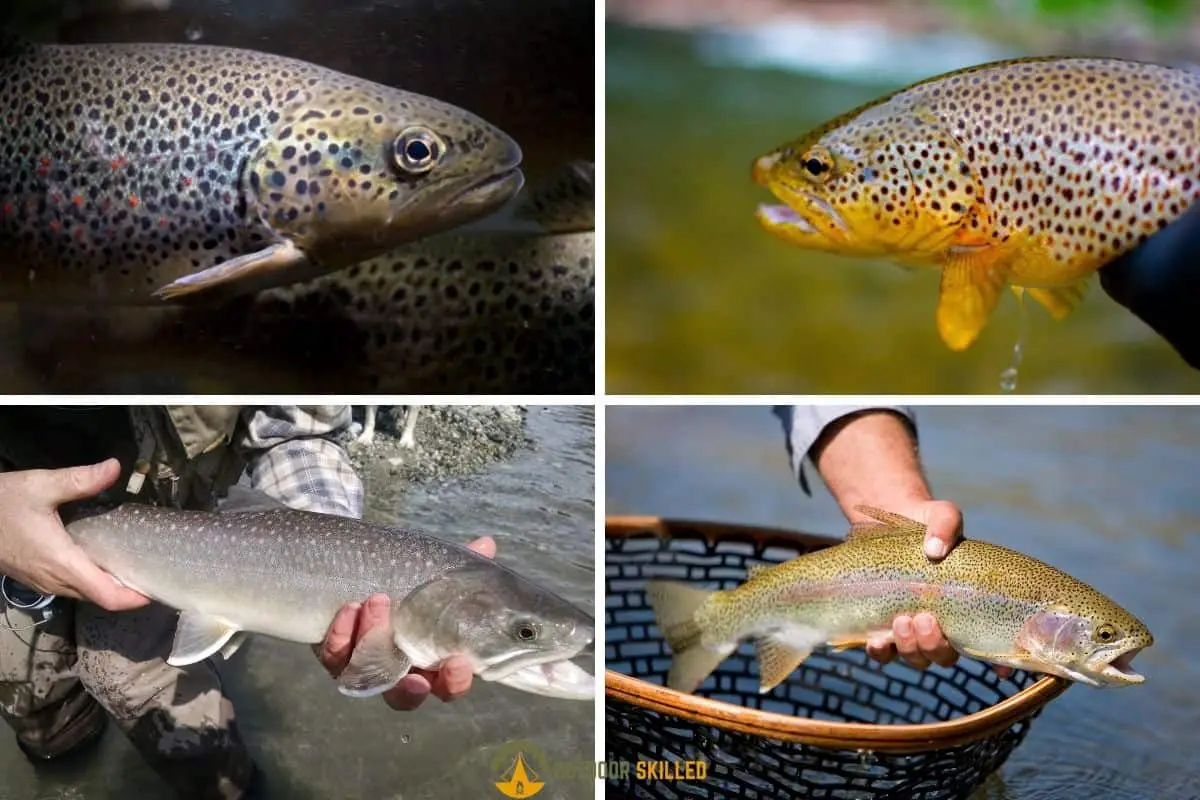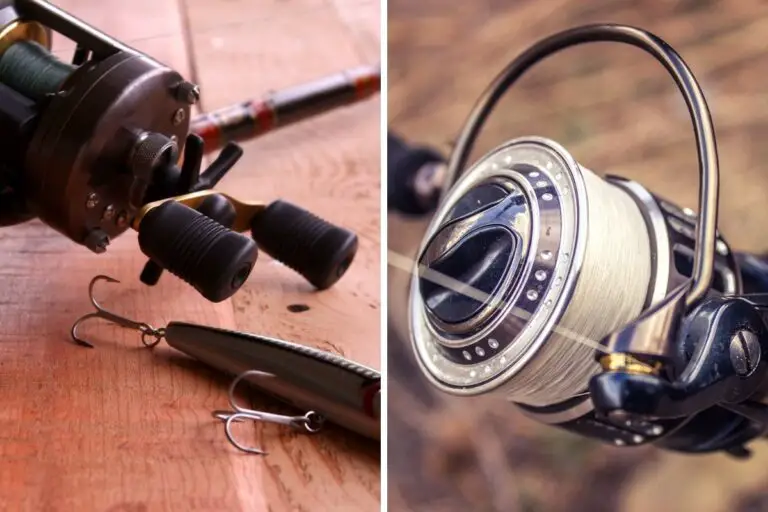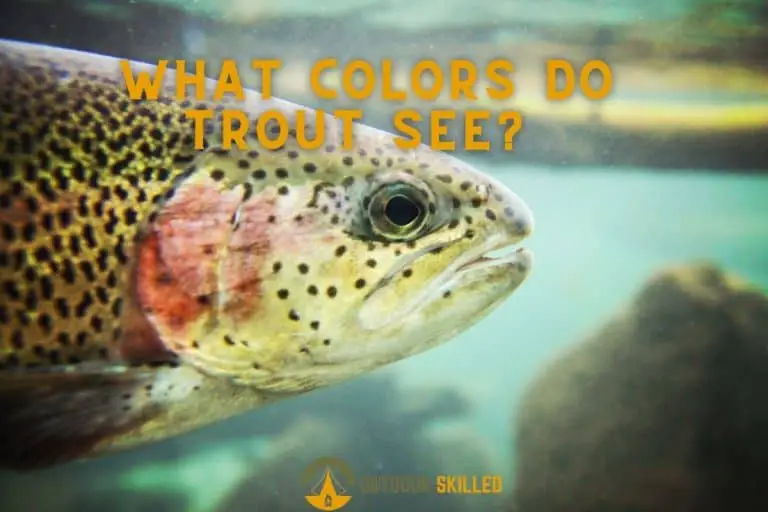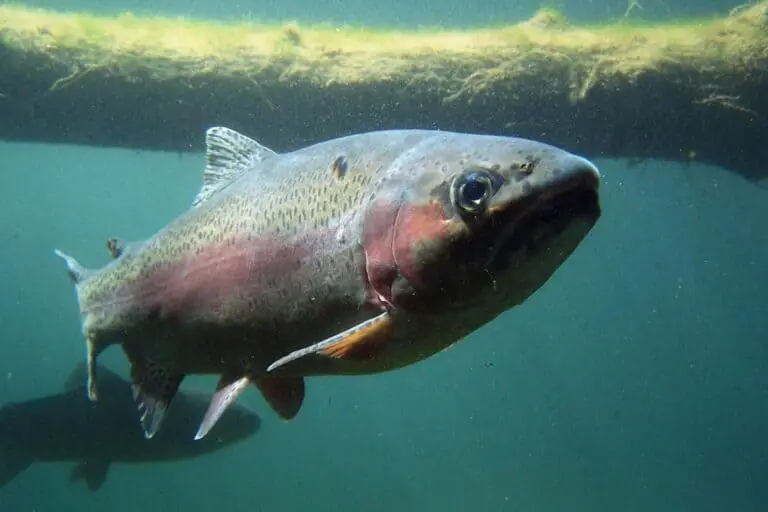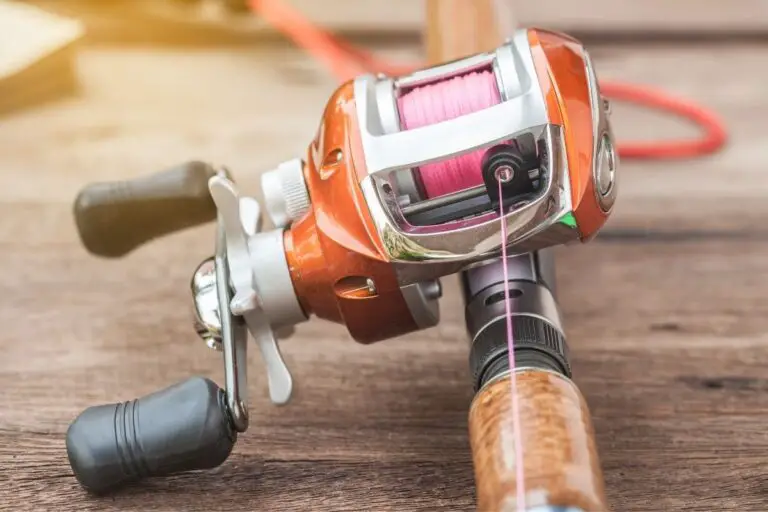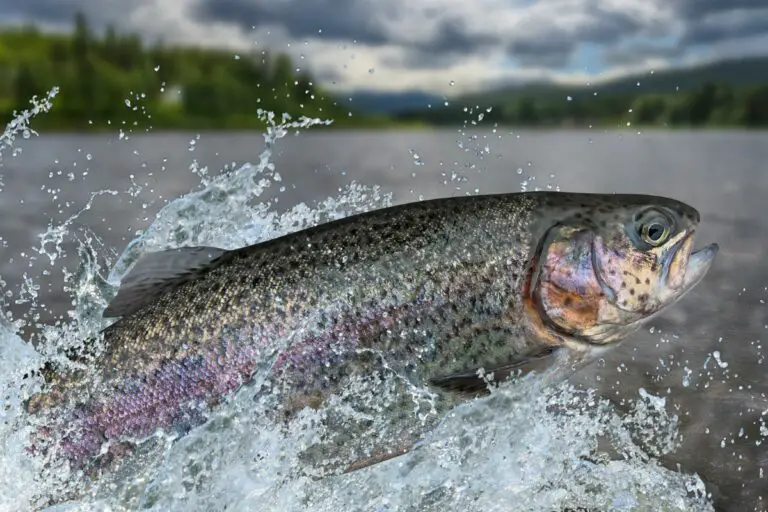Why Do Trout Change Color? Pro Tips To Catch More Trout Faster
Have you ever caught a fish that you know for sure is a trout or one of its subspecies but with a slight change in color? This can be a little confusing to anglers who don’t know that trout can definitely change its color and they want to know the reason behind it.
Why do trout change color? Trout change color in response to the background color and depend on other factors, such as the amount of exposure to sun, diet, disease, reproductive state, and age. The tannin content of the water during low flow conditions might be a factor too as resident fish get stained from it.
Keep reading to know more about the rapid color change of trout and what it can indicate. If you are ready to go fishing, make sure to check the best trout fishing rods here.
Table of Contents
Why Do Trout Change Color

Fish are much like humans when it comes to the coloration of their skin. Your skin can get lighter or darker depending on the amount of sun exposure you get daily, whether you go out for long periods or not, whether you have a healthy diet or not, or whether you have some sort of disease.
Trout is quite the same. Their skin gets lighter or darker according to what depth they stay in which results in how much sun exposure they get. The skin also changes color if the fish changed its diet, caught a disease, or simply grew older. Younger fish are usually darker than older fish.
Changing color can take place in a matter of seconds for specific causes. It could be essential for surviving as trout are able to slightly change their color in response to the background color and it helps them camouflage themselves from bigger predator fish. They can also rapidly change their color to a darker one when being aggressive, a lighter one when being submissive.
The tannin content in some rivers and lakes plays a role in the change of trout skin color. In shallower waters or during a low flow, resident fish stay stained from tannins for some time until an increase happens in the water flow and quality and they’re able to go back to normal.
As general biology of trout, male trout tend to have more vivid colors than females in some species such as tiger trout. The color changes several times as they grow up and the time when they enter a reproductive state.
The Colors Of Trout

Here’s a simple list of trout colors that you might find in the wild to help identify which trout you got on the hook according to its color:
| Trout Color | Trout Type/Name |
|---|---|
| Dark olive greenish with light spots | Lake trout |
| Light silver greenish body with dark spots | Rainbow trout |
| Dark green body with light spots | Brook trout |
| yellow-orange body with red markings | Golden trout |
| Dark olive body with light-colored fins and red-orange spots | Brown trout |
| Light-colored body with dark orange worm-like pattern | Tiger trout |
| Grey colored body with a faint silver marking along the sides | Bull trout |
| Bright silver with brown, black, or red spots | Dolly Varden trout |
The Difference Between Different Types Of Trout
By now we know that trout is a big family that has various types and colors that can even mix to produce furthermore colors and hybrids. Here’s a reflection on popular types of trout you can find and the difference between them:
Rainbow trout
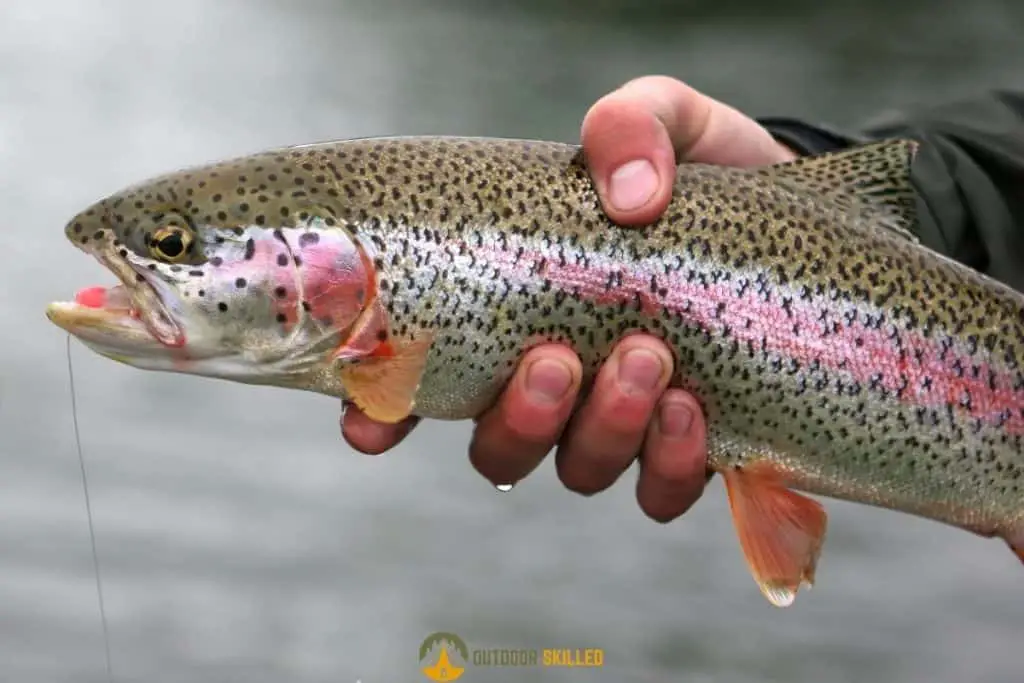
Rainbow trout is one of the most well-known species in North America and Canada. Their name is the best description of their coloration; a signature pink stripe that runs along their side with black spots on their body. They can also be recognized by their spotted dorsal fin and their wide square tail.
Rainbow trout’s popularity exceeded their native range of Alaska to Mexico, they have been stocked all around the world. Canada is no exception as you can find them in all the Great Lakes, and as far south as Georgia and Alabama.
Steelhead trout
Steelhead trout looks different from rainbow trout to an extent that some people don’t know it’s a rainbow trout subspecies. However, they’re similar to rainbow trout in skin color; the faint pink line along its whole body with small dark spots on top of it. It can be considered the sea-form of rainbow trout.
Golden trout and redband trout
Golden and redband trout are both considered the other main subspecies of rainbow trout. They’re stocked in various ranges but you can find heavy populations of them in specific rivers in the Midwest and Pacific states of the US.
Golden trout have the same pink trail as the rainbow trout but with a very different base; it has a bright yellow-goldish body that has small dark spots on its tail. While redband trout has a red trail along its body with a dark olive base.
Cutthroat trout
The majority of Cutthroat Trout live in the western part of the United States, from the Pacific Coast to the Rocky Mountains. Cutthroat Trout can also be found in southwestern Canada, and ocean-going Cutthroat Trout can be found as far north as Alaska. Cutthroat trout have been bred in areas of Quebec and the northeastern United States, outside of their normal range.
They’re easily distinguished by the bright red spot behind their jaws and the dark spots on the upper half of their body. Cutthroat trout has up to 11 subspecies that all look a little different from the original one.
Brown trout
Brown trout are not native like rainbow trout and cutthroat trout as they were brought to North America from Germany. Their beautiful nature and the fierce fight they put up when caught encouraged many places to stock them to enhance sport fishing.
They can be caught from Ontario to Georgia, as well as in the Great Lakes. They are also found in the western half of the United States, from California to Colorado, and up into Alberta and British Columbia.
With a name that can be a little deceiving, brown trout is not always brown. They can have different colors depending on where they live; they can be golden or silver but always with red-orange spots with silver rings around them.
Lake trout
Lake trout have various names depending on where you catch them. These names include Mackinaw, Namaycush, Grey Trout, Touladi, or Togue. You can find them in most of Alaska and Canada, as well as the Great Lakes and the Northeastern US. They have expanded beyond this area over the years, and can now be found all over the Rocky Mountains and in reservoirs throughout the United States.
There’s an easy way to distinguish a lake trout; their size can grow up to 80 pounds. Their bodies have a dark base with light spots all over them. Their tail is a recognition sign too as it is deeply forked.
Brook trout
It may be the smallest of them all, weighing no more than 9 pounds. Brook trout are native to the east coast of North America. Except for Lake Erie, they can be found in all of the Great Lakes, as well as the Appalachian Mountains to the south and the Arctic Sea to the north. Brook trout can now be found in every cold-water stream in Canada, including the Rockies and the southern provinces.
Their worm-like patterns along their back and head, as well as the white tips on their lower fins, make them easy to identify.
Dolly Varden
Dolly Varden Trout can be found all the way from the Arctic ranges of Alaska to the northern half of Washington. Rather than North America, they have migrated across the sea and are now found in rivers in Siberia and Japan.
Dolly Varden trout match other fish in their variety in appearance. Size is the biggest indicator – dollies barely weigh more than 10 pounds. They lack the worm-like markings of Brook Trout and have fewer forked tails than Lake Trout.
That’s it. Ready to go fish some trout? Check out my picks for the best Trout Fishing Lines here.
Related Questions
What Is A Tiger Trout?
Tiger Trout is a genetic cross between a female brown trout scientifically known as Salmo trutta and a male brook trout scientifically known as Salvelinus fontinalis. It’s considered a wild rarity since it is a hybrid between two different species of trout.
Why Do Trout Die So Fast?
Trout die so fast because they’re fragile species. Their internal organs and gills are delicate and improper holding can damage them. Also, it gets exhausted faster than other game fish. The more you fight the more lactic acid builds up in its body and it could kill it even after it swims away.
Helpful Resources
Dolly Varden Species Profile, Alaska Department of Fish and Game
Skin Color Characterization in Rainbow Trout by Use of Computer-Based Image Analysis
If you like this article, please share it or pin it, you can find the share buttons below. We will really appreciate it ❤️

